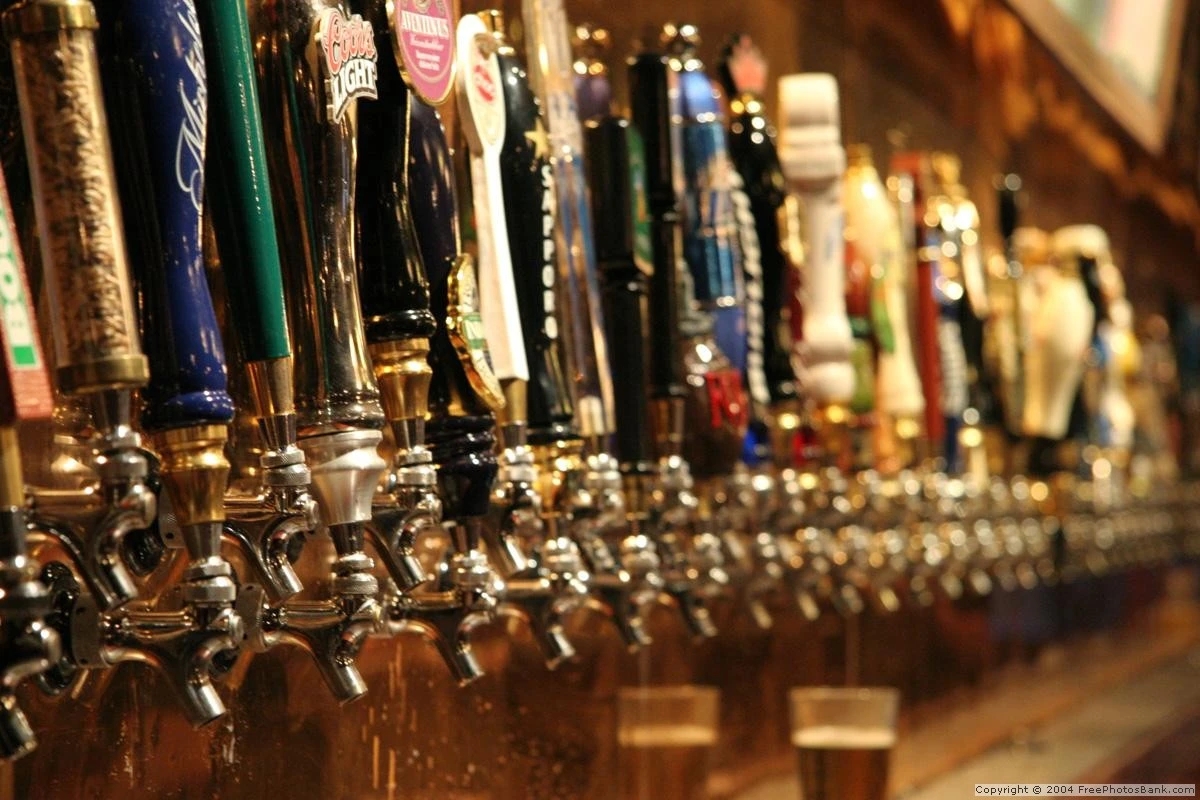Skip to contentGiven the right combination of sugars, almost any cereal will undergo simple fermentation due to the presence of wild yeasts in the air. Our cave-dwelling ancestors likely experienced their first beer as the result of this process.
Starch dusted stones were found with the remains of doum-palm and chamomile in the 18,000-year old Wadi Kubbaniya in upper Egypt. While it’s difficult to confirm, University of Pennsylvania archaeologist Dr. Patrick McGovern asserts, “it’s very likely they were making beer there”.
Chemical analysis of pottery shards date the earliest barley beer back to 3400BC, in the Zagros Mountains of Iran.
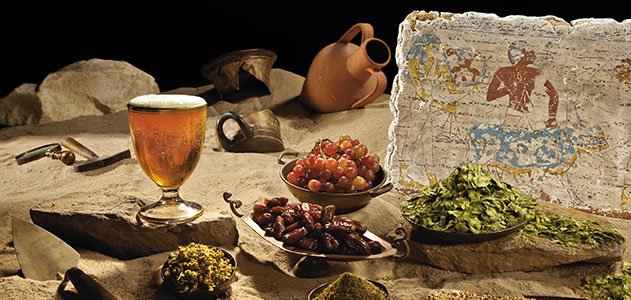
Tacitus maligned the bitter brew of Germanic barbarians. Wine seemed better suited to the sensibilities of the Roman palate. Nevertheless, the letters of Roman cavalry commanders from the Roman Britain period, c. 97-103 AD, include requests for more “cerevisia“, for the legionaries.
In North and South America, native peoples brewed fermented beverages from local ingredients including agave sap, the first spring tips of the spruce tree, and maize.
Pilgrims left the Netherlands city of Leiden in 1620, hoping not for the frozen, rocky soil of New England, but for rich farmland and a congenial climate in the New World. One Mayflower passenger wrote in his diary: “We could not now take time for further search… our victuals being much spent, especially our beer…” Lookouts spotted the wind-swept shores of Cape Cod on November 9, 1620 and may have kept going, had there been enough beer.
Prior to the drum roaster’s invention in 1817, malt was typically dried over wood, charcoal, or straw fires, leaving a smoky quality which would seem foreign to the modern beer drinker. William Harrison wrote in his “Description of England” in 1577, “For the wood-dried malt, when it is brewed, beside that the drink is higher of colour, it doth hurt and annoy the head of him that is not used thereto, because of the smoke“.

Fun fact: “God made beer because he loves us and wants us to be happy.” The quote is erroneously attributed to Benjamin Franklin. In a circa-1779 letter to the Abbé Morellet, what Franklin really said was, “Behold the rain which descends from heaven upon our vineyards; there it enters the roots of the vines, to be changed into wine; a constant proof that God loves us, and loves to see us happy.”
Smoky flavor didn’t trouble the true aficionado of the age. When the Meux Brewery casks let go in 1814 spilling nearly 400,000 gallons onto the street, hundreds of Britons hurried to scoop it up in pots and pans. Some even lapped it up off of the street, doggy-style.
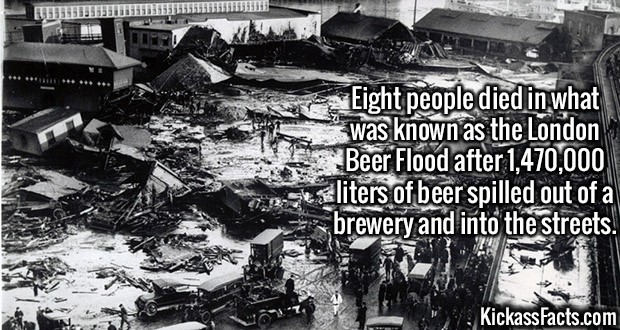
1,389 unfortunates were trampled to death and another 1,300 injured in a stampede for the suds, when someone thought the beer had run out at the coronation of Czar Nicholas II, in 1896.
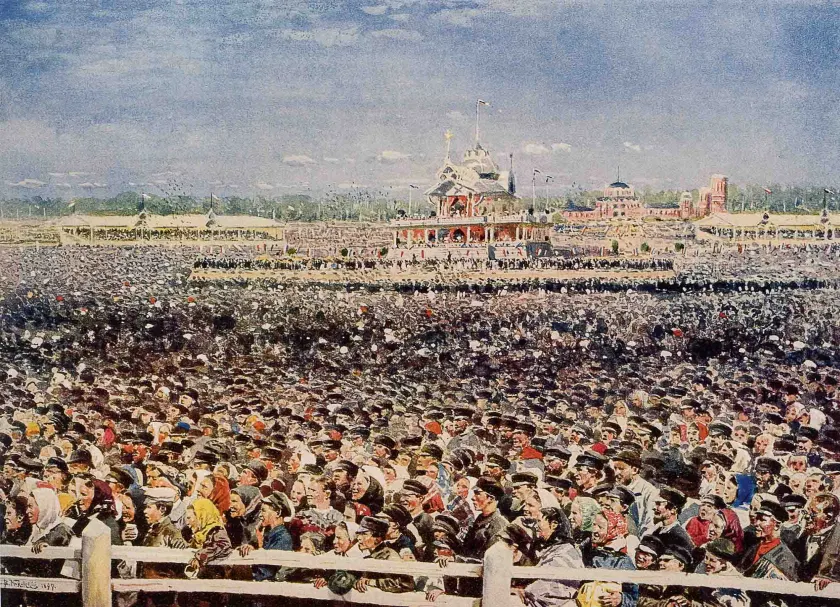
The 18th amendment, better known as “prohibition”, went into effect at midnight, January 16, 1920. For thirteen years it was illegal to import, export, transport or sell liquor, wine or beer in the United States.
Portable stills went on sale within a week. Organized smuggling was quick to follow. California grape growers increased acreage by over 700% over the first five years, selling dry blocks of grapes as “bricks of Rhine” or “blocks of port”. The mayor of New York City sent wine-making instructions to his constituents.
Smuggling operations became widespread, as cars were souped up to outrun “the law”. This would lead to competitive car racing, beginning first on the streets and back roads and later moving to dedicated race tracks. It’s why we have NASCAR, today.
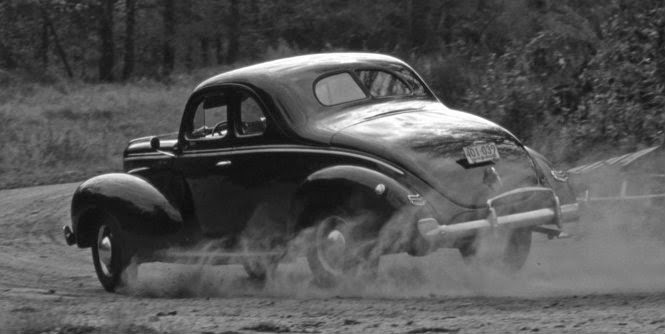
Organized crime became vastly more powerful due to the influx of enormous sums of cash. The corruption of public officials was a national scandal.
Gaining convictions for breaking a law that everyone hated became increasingly difficult. New York alone saw over 7,000 prohibition-related arrests between 1921 and 1923. Only 27 resulted in convictions.

Federal government busybodies went so far as to deliberately poison alcohol leading to the death of hundreds, but all in vain. In the end even lifelong teetotaler John D. Rockefeller, Jr., a man who contributed $350,000 to the Anti-Saloon League, had to announce his support for repeal.
It’s difficult to compare rates of alcohol consumption before and during prohibition. If death by cirrhosis of the liver is any indication, alcohol consumption never decreased by more than 10 to 20 per cent.
FDR signed the Cullen–Harrison Act into law on March 22, 1933, commenting “I think this would be a good time for a beer.” The law went effect on April 7, allowing Americans to buy, sell and drink beer containing up to 3.2% alcohol.
A team of draft horses hauled a wagon up Pennsylvania Avenue, delivering a case of beer to the White House. This was the first public appearance of the now-famous Budweiser Clydesdales.

In 1941, “dry” leaders tried to prohibit consumption of alcohol on military bases. Authorities pushed back, claiming it was good for morale. Brewers were required to allocate 15% of total annual production to be used by the armed forces. So essential were beer manufacturers to the war effort, that teamsters striking Minneapolis breweries were ordered to end their strike. Near the end of WWII, the army developed plans to operate recaptured French breweries to ensure adequate supplies for the troops.
18 states continued prohibition at the state level, the last state finally dropping it in 1966. Nearly two out of three states adopted some form of local option, enabling residents of political subdivisions to vote for or against local prohibition. Some counties remain dry to this day.
Ironically, the home of the Jack Daniel distillery is one such dry county, though Shirl and I can tell you from personal experience. Special dispensation is given for tastings, JD being the largest taxpayer in Lynchburg County.
But I digress.
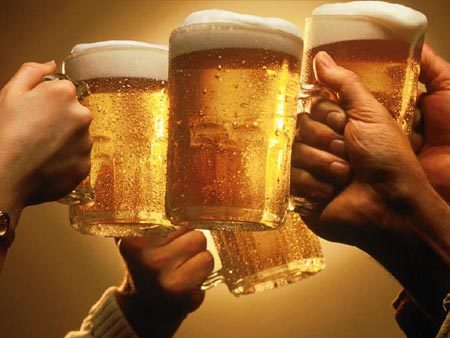
The night before Roosevelt’s law went into effect, April 6, 1933, beer lovers lined up at their favorite watering holes, waiting for the first legal beer in thirteen years. A million and a half barrels of the stuff were consumed on April 7, a date remembered today as “National Beer Day”.
So it is that, from that day to this, we celebrate April 6 as “New Beer’s Eve”. Sláinte.
For every wound, a balm.
For every sorrow, cheer.
For every storm, a calm.
For every thirst, a beer. – Irish toast, author unknown

